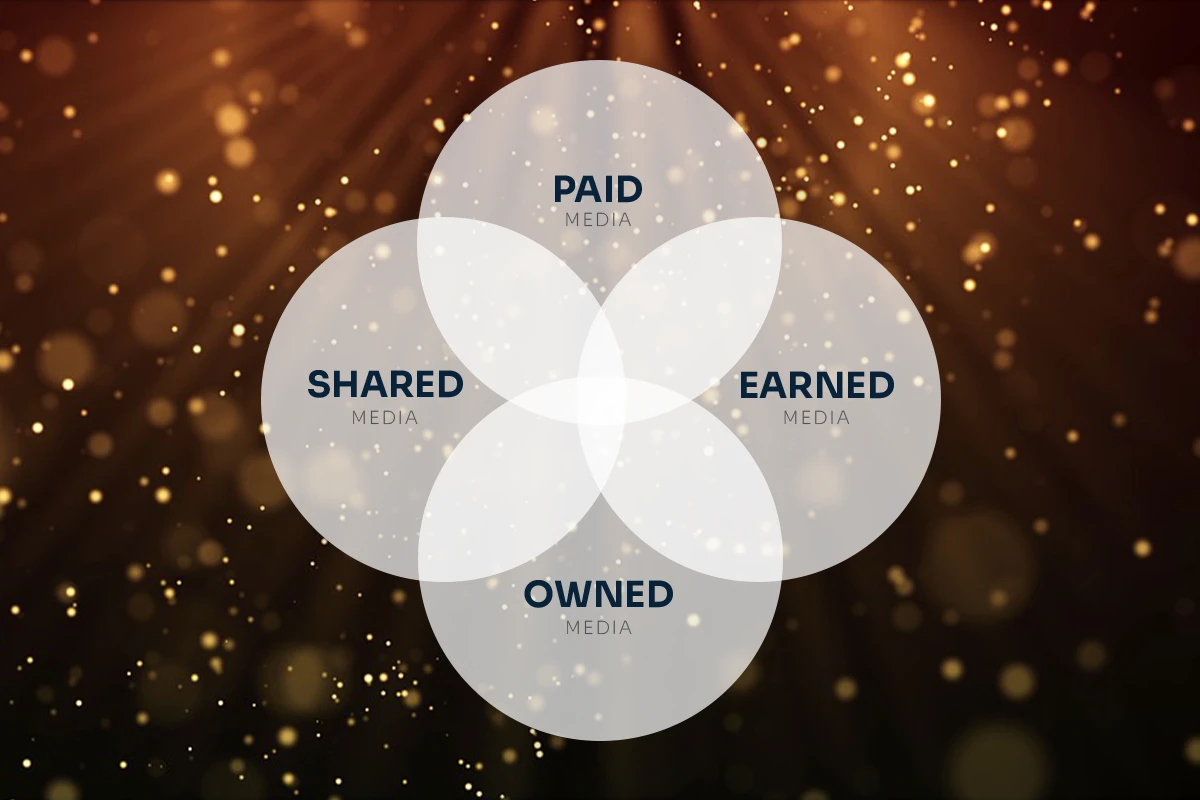The PESO model was first introduced to me in my PR lectures at college – it was drilled into us that this was the framework for any successful PR campaign. Of course, PESO stands for Paid, Earned, Shared, Owned, the four essential communications channels that make up the framework.
The model has its origins in the PR industry, where it was created to improve how agencies planned the distribution of their clients’ content, both across traditional media and in the (then) emerging world of social media. Today, however, PESO is used by all sorts of marketing professionals as an indispensable planning tool.
In today’s digital landscape, reaching and engaging a brand’s target audience requires all four elements of the PESO model. When I joined Cullen Communications, I was intrigued to see how this model was used in a ‘real life’ comms setting. To apply the PESO model correctly, you first have to understand each component.
Relevant Insights
PESO Model: four categories of media
1. Paid Media
This includes any form of advertising or promotion that requires a financial investment, such as display ads, sponsored content and influencer marketing. Paid media allows brands to increase their visibility within a market. It also allows for the brand to control the narrative of the content being posted about them.
Paid media is the most recognisable form of media, with social media opening up a new channel of paid media.
2. Earned Media
This refers to publicity gained through public relations efforts, influencer endorsements and media coverage. Earned media gives a brand great credibility and a positive reputation.
3. Shared Media
Shared media involves actively engaging with audiences through social media channels, encouraging sharing and user-generated content, and creating conversations around the brand.
4. Owned Media
Owned media covers all the channels that a brand has direct control over, such as websites, blogs, email newsletters or branded content. These assets allow brands to establish their own voice, build a loyal following and deliver tailored messages to their target audience.
Advantages of a 360-degree approach
A 360-degree approach is where the PESO model is effectively implemented within a campaign. It’s essential to use all four elements correctly, with each channel working together towards achieving the overall communication objectives. By considering each category, brands can maximise their campaign outreach.

Paid and earned media tend to account for the smallest investment BUT they can also have the biggest impact. Influencer engagement is a great example of the first, where a thoughtful, targeted gifting strategy can really grab the attention of the influencer and generate a high return among their followers. This in turn can lead to earned media, where followers engage with a product or service and post on their own social channels. For new or smaller brands, paid and earned media can really get things moving – when done right!
Shared and owned media, on the other hand, tend to require higher levels of investment, more manpower – and a longer lead time, as content has to be carefully gathered and packaged. Over time, a brand will build a bank of owned media assets that can be used and re-used as necessary. A little patience can be required with these two channels, certainly compared to paid and earned.
The power of PESO
During my internship with Cullen Communications, it’s been so interesting to see how the PESO model works as a practical framework for integrated communications. By incorporating the unique strengths of paid, earned, shared and owned media, brands can formulate a 360-degree strategy that reaches their target audience and gives them a competitive edge.

About the author
Aoife Markey is an Intern with Cullen Communications, working with clients in branding, lifestyle and social media.





